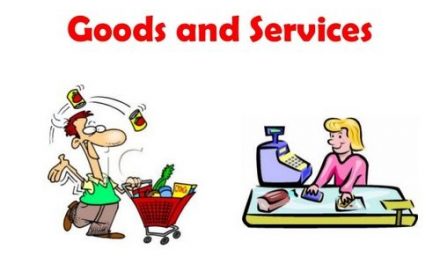You will notice that I tend to mention the word ‘metric(s)’ from time to time. What is a metric by the way? Well, a metric is a measure of something; a means of deriving a quantitative measurement or approximation for otherwise qualitative phenomena. In the world of business and entrepreneurship, there are various metrics. Paying attention to these metrics helps you have a detailed picture of your enterprise. Anyways, what if I were to tell you that there is one metric upon which everything else can be tied? Yes, there is such a metric and it is called the North Star Metric. Let us discuss more…
What Is The North Star Metric (NSM)?
In simple terms, it is that measurement that is the most telling or indicative of a startup or business’ long term growth. There are 3 attributes a metric must have to be considered a North Star Metric. These are, it should drive revenue, it must show customer value, and it can be used as a measure of growth. The interesting thing about a North Star Metric is that there can be more than one in a particular enterprise. For instance, you can have an NSM for the startup or business as a whole. It is also possible to have an NSM for a product or a service. Bear in mind that you get to choose your NSMs. That is why NSMs can differ from enterprise to enterprise.
Why Is Your North Star Metric Important?
Typically when running a startup or business you want to realize sales. To realize salespeople must purchase; most preferably, repeat purchase what you are selling. For that to happen you must be offering products or services of value. Do they bring value to your customers? If they do not then you will not realize the much-needed sales. Your North Star Metric is a measure that signifies business or startup growth which of course comes from good sales. Thus concentrating on your North Star Metric primes you to unlock sustainable value for your customers and all else just falls into place.
Knowing and focusing on your North Star Metric helps you to be customer-centric. This is simply because the more value you provide for your customer the more the revenue. It also helps in strategic planning as you get to interrogate the right aspects that drive growth. Everyone gets to be on board knowing exactly what they are driving at. This is because all departments get to feed into this one thing – the North Star Metric. You could say it stimulates and encourages collaborative work thus maximizing positive outcomes.
How To Find Your North Star Metric?
Finding your North Star Metric can be made easier by considering the qualities of a good North Star Metric. By looking for such qualities your North Star Metric can become apparent. For example, it should denote customer satisfaction; it should denote customer value, and it must be SMART (specific, measurable, attainable, realistic, and time-bound). The other aspects are that it must be a metric that is within your power to oversee or stir. It should also be a metric that speaks of symbiotic benefits i.e. benefits to you (the business or startup) and the customers as well. If a particular metric ticks all those boxes then it is no doubt a North Star Metric.
Practical Examples For Your Consideration
Let me use an example you all can relate to – social media platforms. Most of you are on more than one of the platforms such as Facebook, Instagram, Twitter, and LinkedIn, amongst others. For all these platforms their North Star Metric is MAU which stands for Monthly Active Users. That is a metric upon which everything revolves. The higher the number or the more the number increases the better – that is the goal. The increase in that number shows customers are getting good value and that in turn means the enterprise is growing as well. It is a metric that can be used to measure growth or progress. Remember the SMART I highlighted earlier – it perfectly applies to MAU. Plus most importantly it is a metric that any of those enterprises can control or stir.
Let me point out something important – revenue is not an NSM; never mistake the two. With the NSM you want to essentially measure how much (in terms of purchases) and how long your customers are invested in your brand. Another thing to note is that the NSM can vary from brand to brand. For example, the NSM for WhatsApp and Telegram can be messages sent per month. The best approach is to look at your particular context and come up with an NSM that ticks all the boxes we spoke about.








